This review includes the following

Foreword
Since MStar's MSO918, Hass Hi3798 and Rockchip's RK3288 in 2014, there has been no real progress in the 4K box, the mainstream configuration is still 2160p/30hz screen output, and AVC/h.264 is the highest Level 5.1. Decoding, HEVC/h.265 maximum main profile/Level 5 decoding capability. And in addition to HiSilicon's Hi3798, there are no other next-generation source output capabilities. In these products, the Q5 quad-core released by Hermet in July 2014 was still the classic generation that we talked about today with its flagship hardware configuration and perfect software. When the time came in mid-2015, after Haimei Di released Q5 quad-core for a full year, we ushered in Haimei Di Mango Q H7 three generations. If the Q5 quad-core is the 4K flagship in 2014, then the H7 generation can become a 4K dessert in 2015.
Configuration introduction Rockchip Micro's RK3288 released in 2014 developed a territory in the high-end player market with its monster performance and decent decoding capabilities. However, the disadvantages of RK3288 are also obvious, that is expensive. At the beginning of 2015, Rockchip combined with the advantages of RK3288 introduced a SOC for the low-end market. This is the protagonist of today's RK3368.
The RK3368 is Rockchip's first 64-bit processor. The RK3288 is based on the A17 ARMv7 and the 64-bit ARMv8. The RK3368 integrates eight 64-bit A53 processors, and the A53 can be combined with the A57 to form a big.little architecture. Although the A53 is designed to provide low-power computing power when paired with the A57, the A53 actually performs even better at 32-bit performance than the A5/A7 and even A9. The RK3368's GPU is the PowerVR G6110, Apple's best-in-class GPU. The G6110 is positioned in the entry phone and tablet. For the RK3368's product positioning, the G6110 will not be a short board. And the 8-core A53's RK3368 is also remarkable in terms of performance, after the evaluation will confirm this.
Now returning to Haimeidi mango Q H7 three generations, we look at the configuration of H7 three generations.
Mango å—¨ Q H7 three generations of detailed parameters
In addition to the 8-core A53 processor, there are bright spots in the configuration, as well as the long-awaited HDMI 2.0 and Android 5.1 operating systems.
HDMI 2.0 enhances 4K resolution support
Because of the limitations of display devices, we still have no way to verify whether the H7's third-generation HDMI 2.0 interface fully supports all display formats, including 16-bit 4:2:0. However, in the next test, we will verify the output capability of the H7 third-generation 2160P@60hz4:2:0.
Android 5.1 has the greatest impact on us is completely abandoned the Dalvik mode, all the applications are running in ART mode. In other words, starting from Android 5, all apps are running native code on the CPU. Since then, Android and ISO have finally reached the same starting line in performance. The side effect of evolving to the ART mode is that the App that was originally running on Dalvik will have compatibility problems on ART. In fact, Android has done a lot of work for backward compatibility. When compiling native code in ART mode, it uses the same byte code as Dalvik, which is the dex file in the apk file. Even so, we will still encounter some App compatibility issues in the actual test, such as flash back, can not work properly, we will specify in the test below.
Disappointing aspects of the configuration are also disappointing. The lack of USB 3.0 and Gigabit NICs and the mere 1G memory are disappointing for a 4K box. The RK3368 does not have an integrated USB 3.0 controller, and Seamax cannot do anything about it. As for the lack of Gigabit Ethernet and only 1G of memory, it should be a comprehensive consideration of the cost and positioning of the box. After the test we will test the specific impact of these aspects.
Detailed classification test The following test will be based on the 1.01 firmware released on July 3rd by Haimeidi Mango Q Q7. For ease of use, the Samsung XL2370 monitor and Haimeidi's own HDMI cable are used for testing, picture quality and HDMI 2.0. The test will use HDMI 1.4a cables from Sony KD65X9000A and CELINK. Other equipment and environments include telecommunications 100M fiber, MikroTik wired routers, Gigabit switches, Cat6a unshielded cables and ZTE ZXV-W811N 2.4G hotspots. We use a server that is pre-installed with Windows Server 2012 R2 and opens a file service.
The appearance of the out-of-the-box and appearance H7 is indeed a pleasant surprise, and the workmanship is also more refined. The line is similar to the iPhone 5's trimming chamfer and is very beautiful.


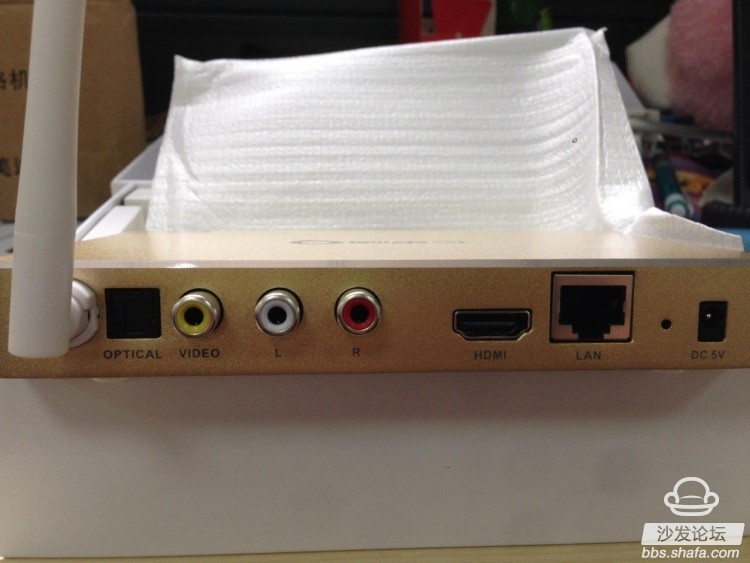



USB and built-in flash memory rate test

Network card speed test

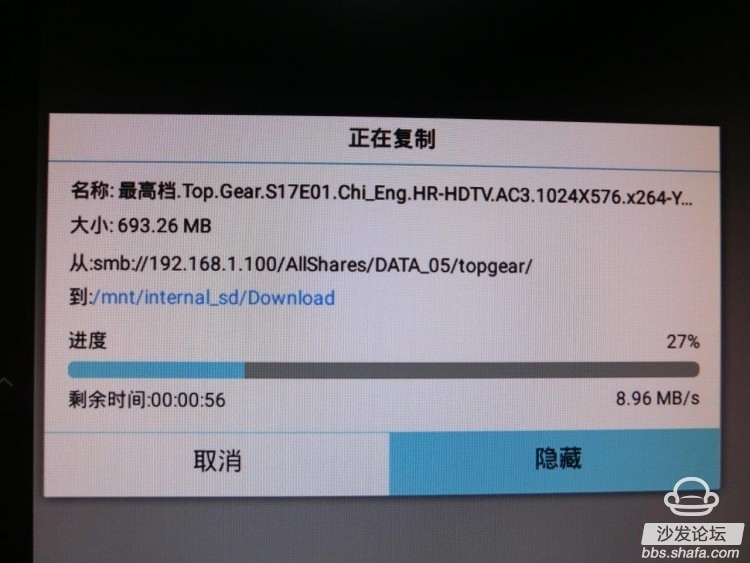 Wifi speed test
Wifi speed test

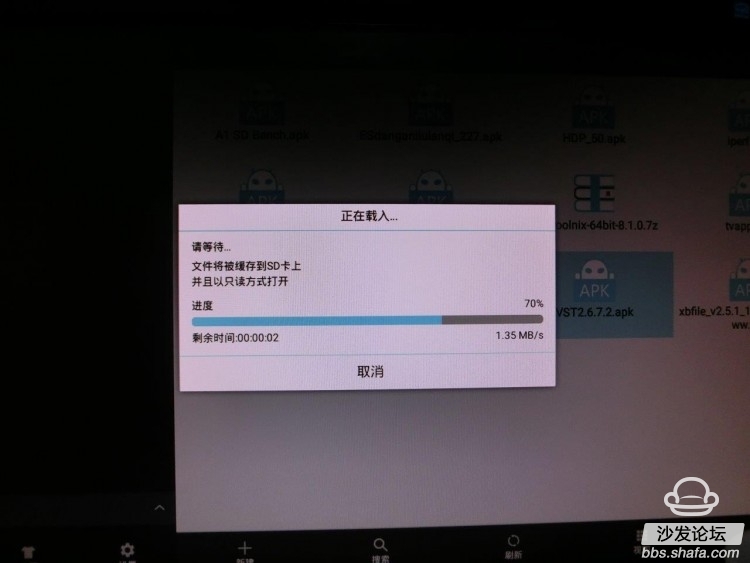

System and own software
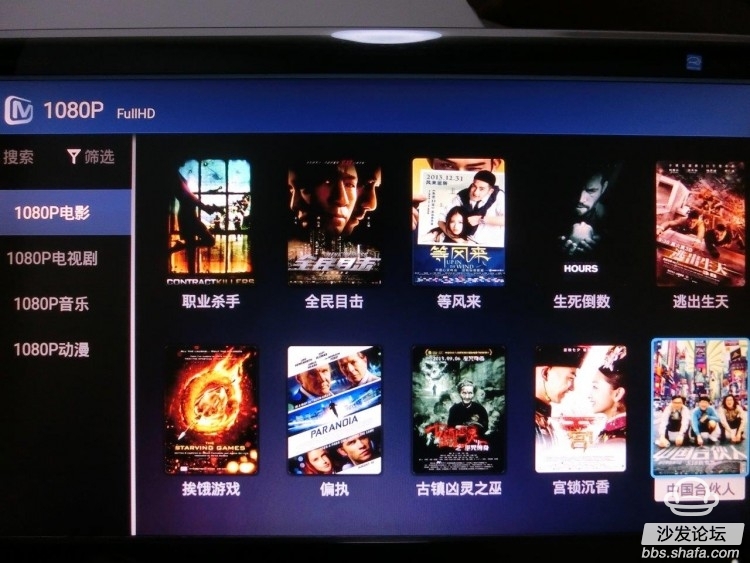
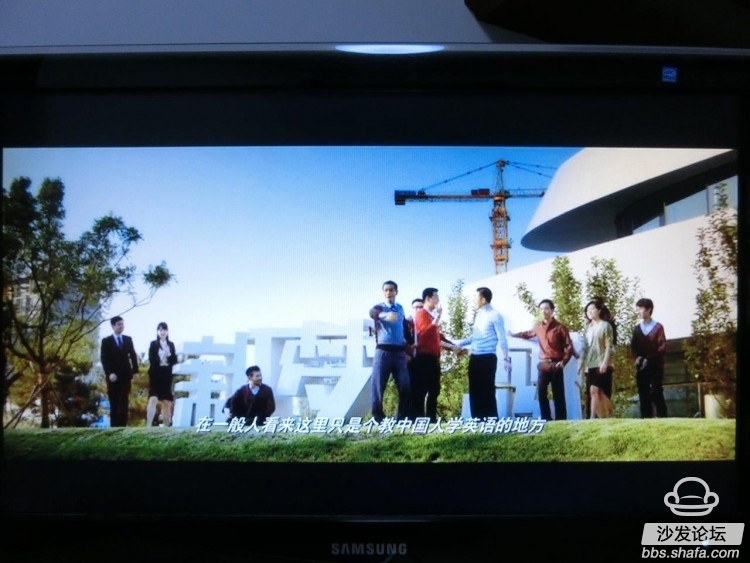
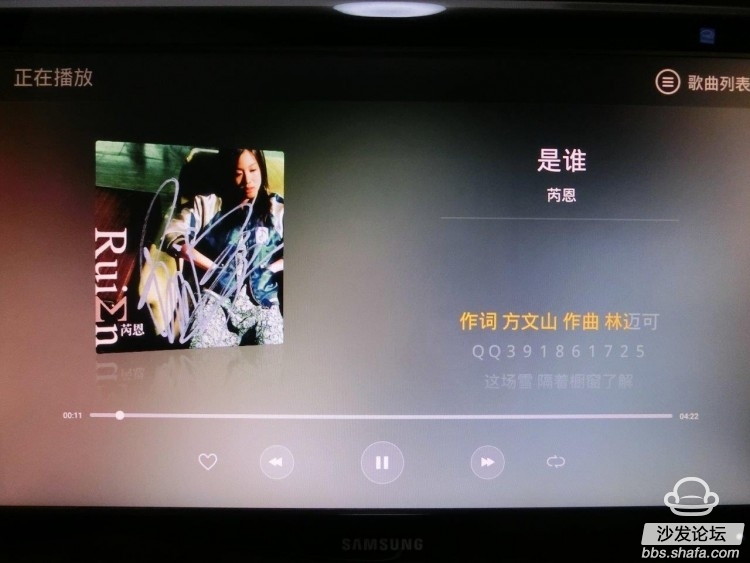 Third-party live streaming and video software
Third-party live streaming and video software

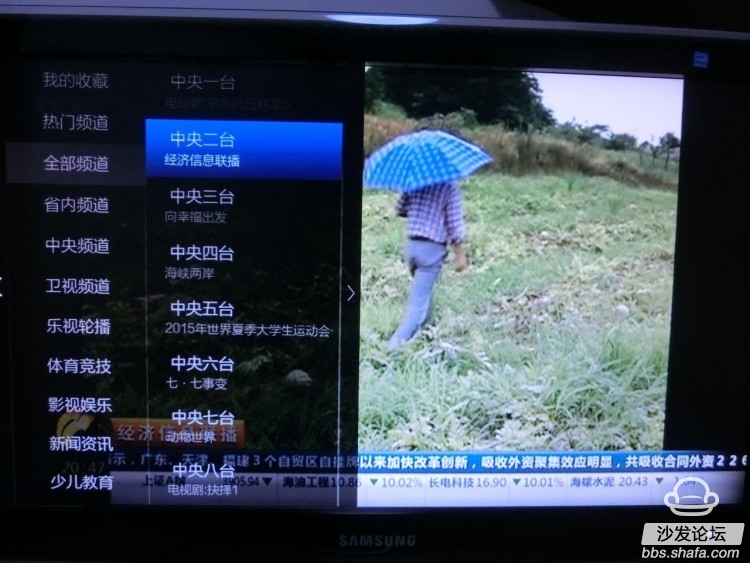
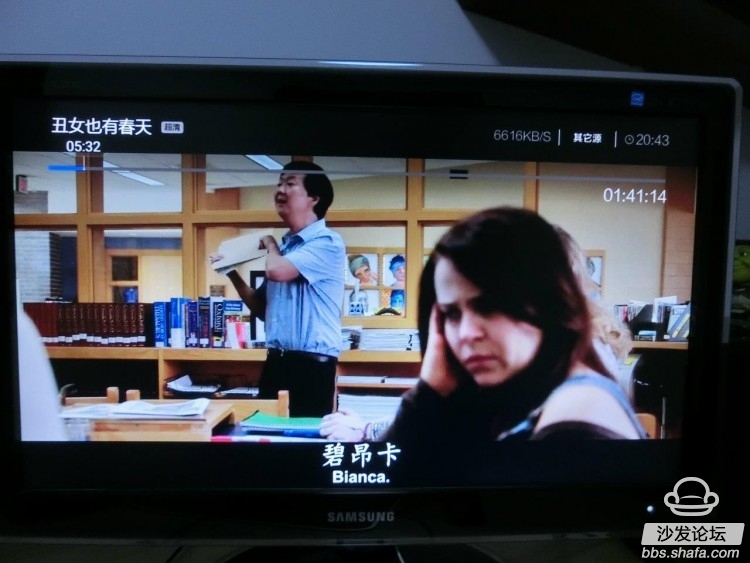

LAN playback
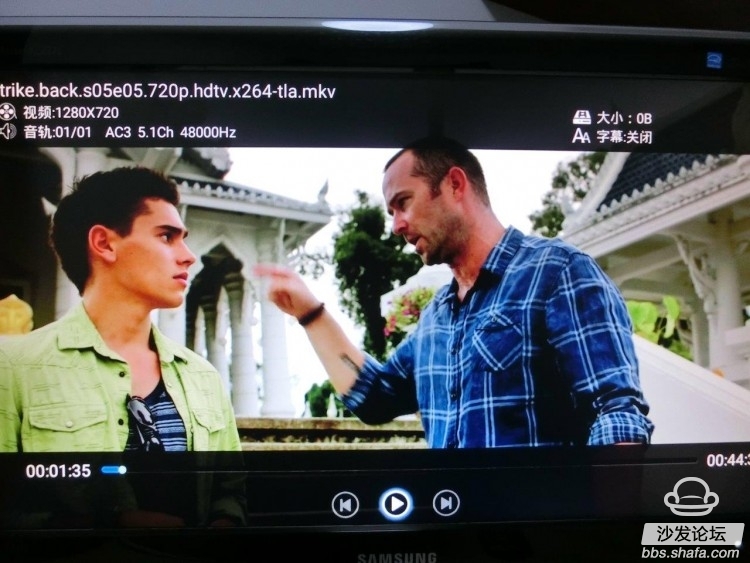


Decoding limit capability test
AVC/H.264 test

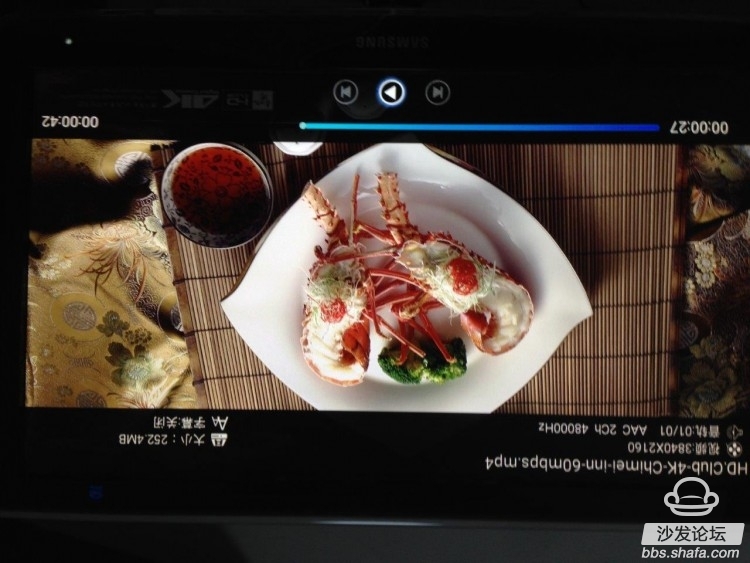
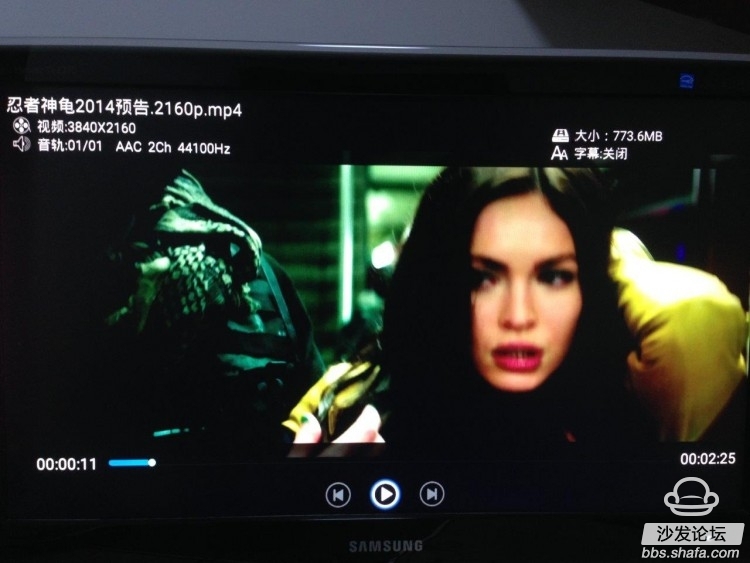
HEVC/H.265 test

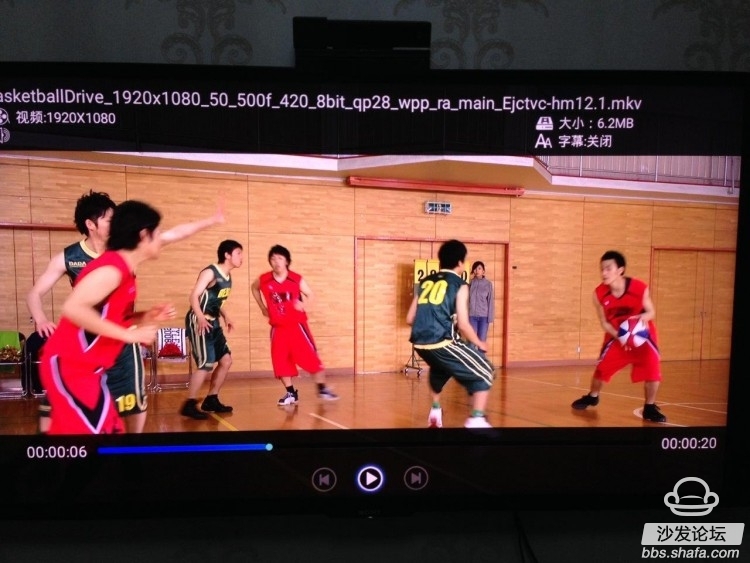

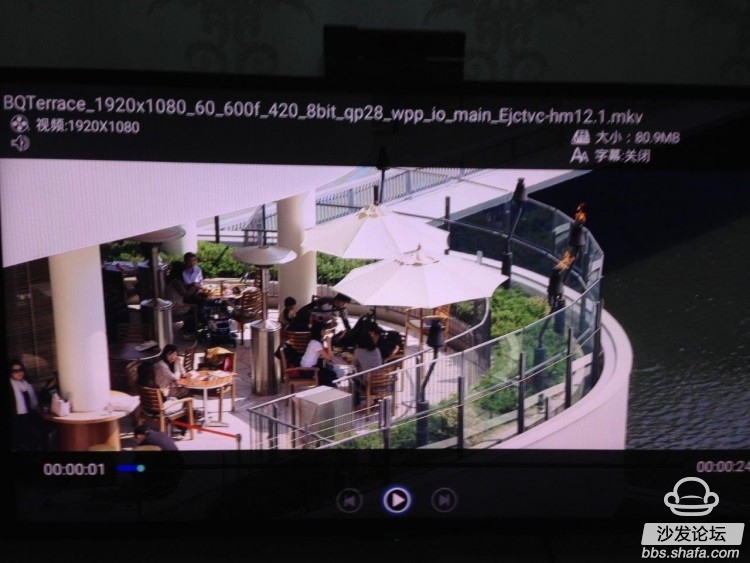



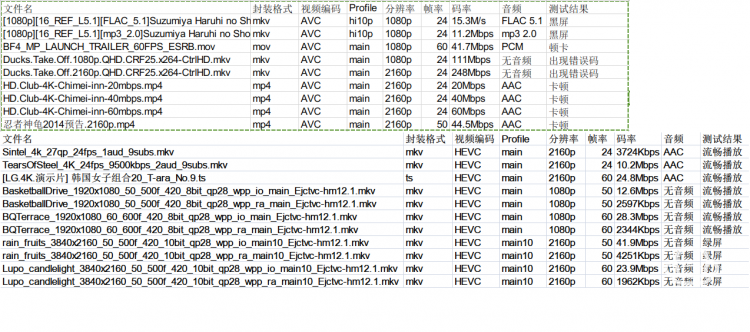
Audio decoding and source pass test
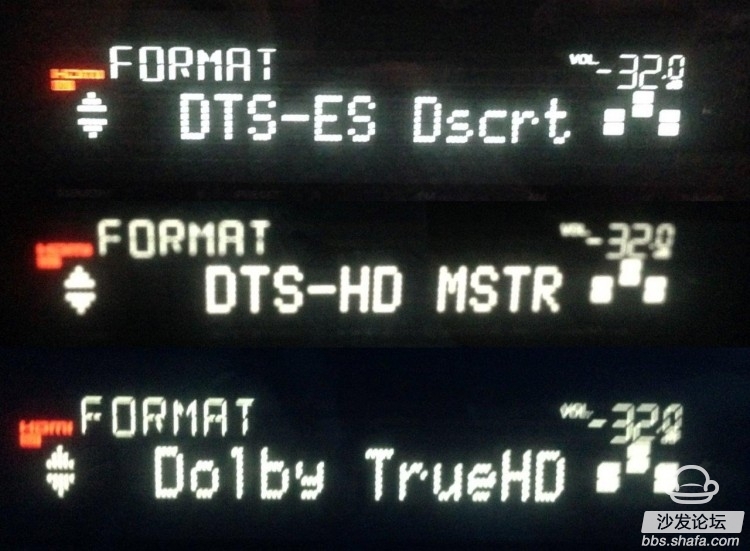
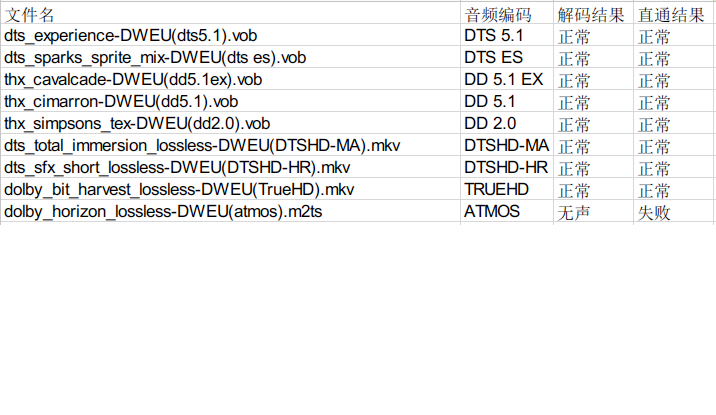
Original disk and BDMV and 3D test
BDMV and ISO play testing
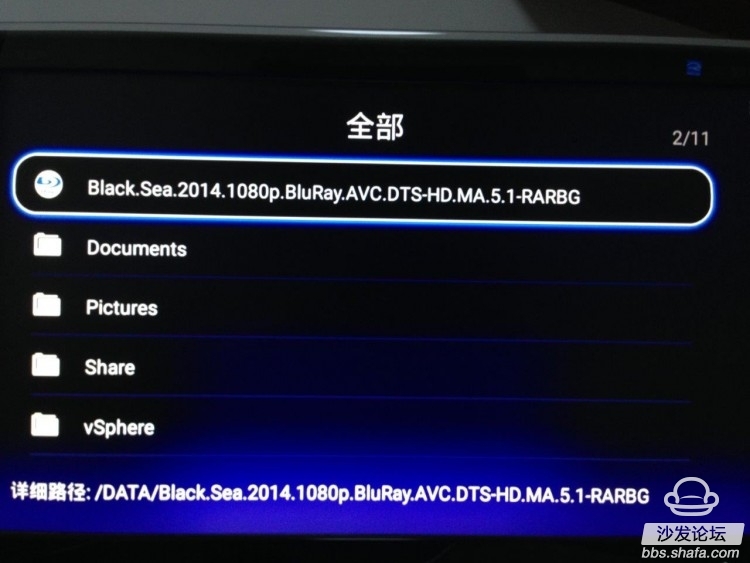
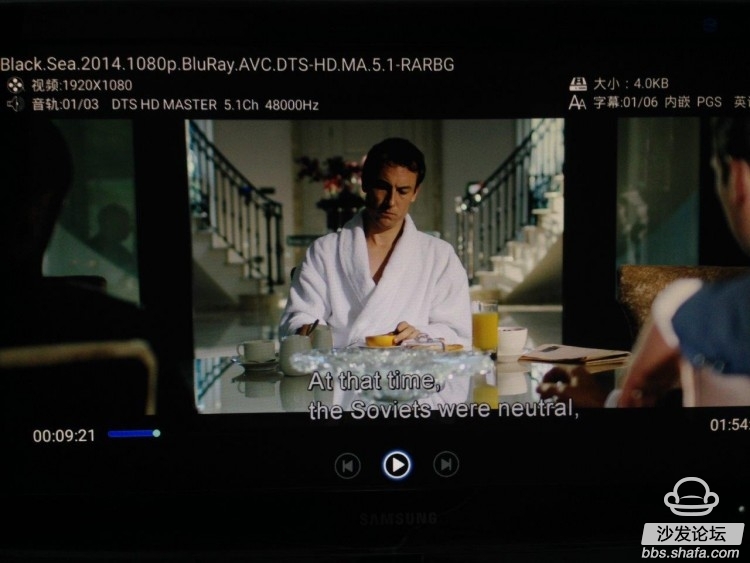
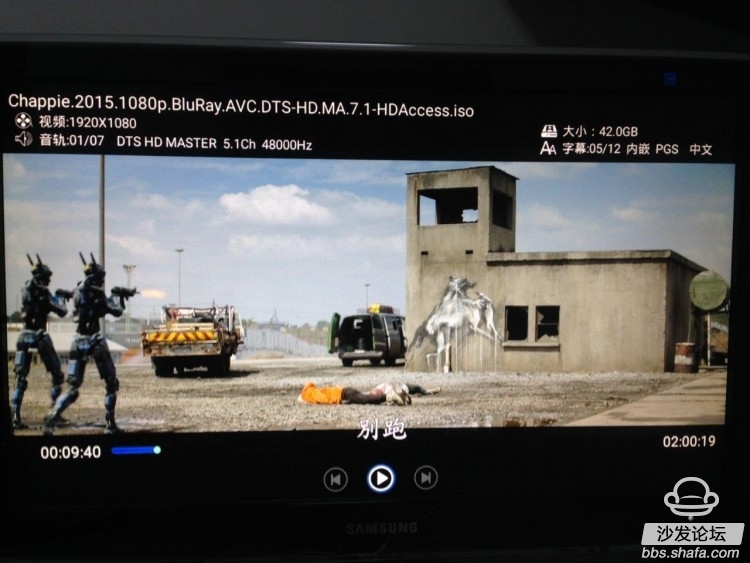
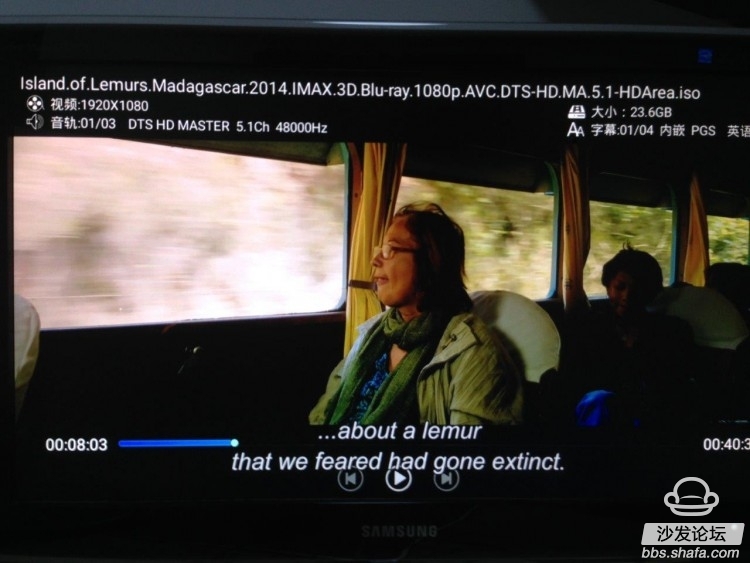
External subtitles test


4K output and picture quality testing


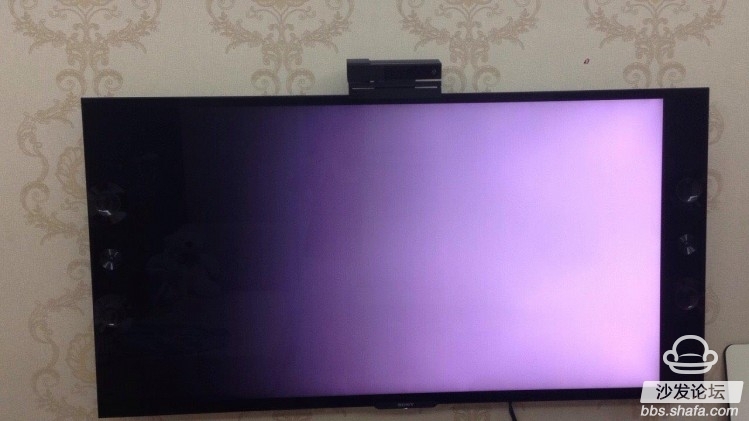
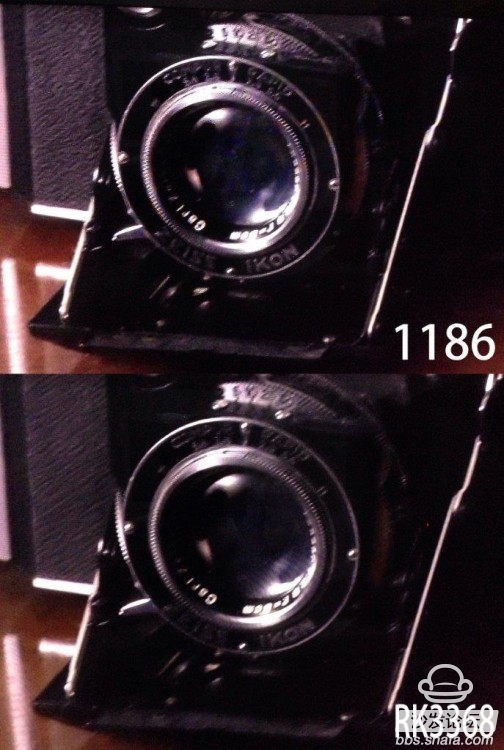
Conclusion
Summarize the advantages

Foreword
Since MStar's MSO918, Hass Hi3798 and Rockchip's RK3288 in 2014, there has been no real progress in the 4K box, the mainstream configuration is still 2160p/30hz screen output, and AVC/h.264 is the highest Level 5.1. Decoding, HEVC/h.265 maximum main profile/Level 5 decoding capability. And in addition to HiSilicon's Hi3798, there are no other next-generation source output capabilities. In these products, the Q5 quad-core released by Hermet in July 2014 was still the classic generation that we talked about today with its flagship hardware configuration and perfect software. When the time came in mid-2015, after Haimei Di released Q5 quad-core for a full year, we ushered in Haimei Di Mango Q H7 three generations. If the Q5 quad-core is the 4K flagship in 2014, then the H7 generation can become a 4K dessert in 2015.
Configuration introduction Rockchip Micro's RK3288 released in 2014 developed a territory in the high-end player market with its monster performance and decent decoding capabilities. However, the disadvantages of RK3288 are also obvious, that is expensive. At the beginning of 2015, Rockchip combined with the advantages of RK3288 introduced a SOC for the low-end market. This is the protagonist of today's RK3368.
The RK3368 is Rockchip's first 64-bit processor. The RK3288 is based on the A17 ARMv7 and the 64-bit ARMv8. The RK3368 integrates eight 64-bit A53 processors, and the A53 can be combined with the A57 to form a big.little architecture. Although the A53 is designed to provide low-power computing power when paired with the A57, the A53 actually performs even better at 32-bit performance than the A5/A7 and even A9. The RK3368's GPU is the PowerVR G6110, Apple's best-in-class GPU. The G6110 is positioned in the entry phone and tablet. For the RK3368's product positioning, the G6110 will not be a short board. And the 8-core A53's RK3368 is also remarkable in terms of performance, after the evaluation will confirm this.
Now returning to Haimeidi mango Q H7 three generations, we look at the configuration of H7 three generations.
Mango å—¨ Q H7 three generations of detailed parameters
In addition to the 8-core A53 processor, there are bright spots in the configuration, as well as the long-awaited HDMI 2.0 and Android 5.1 operating systems.
HDMI 2.0 enhances 4K resolution support
Because of the limitations of display devices, we still have no way to verify whether the H7's third-generation HDMI 2.0 interface fully supports all display formats, including 16-bit 4:2:0. However, in the next test, we will verify the output capability of the H7 third-generation 2160P@60hz4:2:0.
Android 5.1 has the greatest impact on us is completely abandoned the Dalvik mode, all the applications are running in ART mode. In other words, starting from Android 5, all apps are running native code on the CPU. Since then, Android and ISO have finally reached the same starting line in performance. The side effect of evolving to the ART mode is that the App that was originally running on Dalvik will have compatibility problems on ART. In fact, Android has done a lot of work for backward compatibility. When compiling native code in ART mode, it uses the same byte code as Dalvik, which is the dex file in the apk file. Even so, we will still encounter some App compatibility issues in the actual test, such as flash back, can not work properly, we will specify in the test below.
Disappointing aspects of the configuration are also disappointing. The lack of USB 3.0 and Gigabit NICs and the mere 1G memory are disappointing for a 4K box. The RK3368 does not have an integrated USB 3.0 controller, and Seamax cannot do anything about it. As for the lack of Gigabit Ethernet and only 1G of memory, it should be a comprehensive consideration of the cost and positioning of the box. After the test we will test the specific impact of these aspects.
Detailed classification test The following test will be based on the 1.01 firmware released on July 3rd by Haimeidi Mango Q Q7. For ease of use, the Samsung XL2370 monitor and Haimeidi's own HDMI cable are used for testing, picture quality and HDMI 2.0. The test will use HDMI 1.4a cables from Sony KD65X9000A and CELINK. Other equipment and environments include telecommunications 100M fiber, MikroTik wired routers, Gigabit switches, Cat6a unshielded cables and ZTE ZXV-W811N 2.4G hotspots. We use a server that is pre-installed with Windows Server 2012 R2 and opens a file service.
The appearance of the out-of-the-box and appearance H7 is indeed a pleasant surprise, and the workmanship is also more refined. The line is similar to the iPhone 5's trimming chamfer and is very beautiful.

The box has a dense underground vent

Behind the box is provided SPDIF fiber, AV interface, HDMI and network ports, of course, 5V power interface.

Side provides two USB2.0 interfaces

The bottom can see the splicing gap, the gap is very small, good workmanship.

The box includes all the accessories. The remote controller does not come with a battery. It is necessary to prepare two 7-cell batteries in advance.

It should be noted that the HDMI cable provided by Haimedi is "High SpeedCable".
HDMI 2.0 can work on existing cables. Higher bandwidth requires a high-speed HDMI cable (Type 2 HDMI cable). In fact, the HDMI cable is only divided into Category 1 and Category 2 after 1.3. Category 1 can only support up to 1080i. HDMI 2.0 only requires Category 2 on the line. This bundled cable has no doubt to support HDMI 2.0.
Equipment performance test
Performance test We will not use the traditional security Bunny Run points. After all, the user's experience comes from many aspects. If readers are concerned about security Bunny running points, you can refer to other evaluations. H7's three generations of running points should be more than 30,000 points. Under this level of running points, the user's experience comes from more Other details of the product. Our performance test will test the H7 generation as a selling point for 4K, in addition to the decoding capability, the USB speed that affects the user experience, and the wired wireless network card speed. This is probably the aspect that ordinary users care about most.
We will use the A1 SDBench software to test the USB interface speed by copying and reading files to a USB 2.0 mobile hard disk. We also tested the built-in flash speed. This USB hard drive has a speed limit of 30 M/s on the PC.
USB interface speed reading is 21.9M/s, writing is 10.74M/s
The built-in flash read can reach 67.69M/s and the write can reach 31.17M/s. This speed may be affected by the cache of the system and the actual speed will be lower.

Network card speed test
The H7 third-generation uses a fast Ethernet network card that can meet the requirements of the local blue-ray original disk applications. However, when it encounters a common high-order 4K, playback may produce a stall.
Network card with iPerf speed, 4 thread TCP

Network card to use ES file browser to copy files

The Wifi test is based on a straight line distance of 4 meters from the AP in the third generation of the H7. It passes through a doorway and tries to simulate the actual situation. Wifi reached a speed of 3M/s in the iPerf test, and this speed can be smoothly played for a low bit rate 1080p movie.
Wifi Speed ​​with iPerf, 4-thread TCP

Wifi copy files with ES file browser

1080p WEB-DL DD5.1 ​​Biggest Life Explosion Using Wifi Browser with Wifi

The H7 generation still retains the classic desktop layout of Haimeidi and comes with Mango TV and shrimp music. It plays extremely smoothly in the telecommunication 100M broadband.
Mango TV comes with a lot of video resources, running more smoothly on the RK3368, this is 1080p area

Let's choose a Chinese partner to take a look. With the bandwidth of 100M, the progress bar is almost the same as the local.

The included shrimp music is really easy to use. When it's all right, turn on the TV and listen to music.

One thing to note is that when we installed the software, we found that in the H7 generation, thanks to the 8-core A53 and Android 5.1, the software installation speed is very fast. For example, the 50-M Kodi installation time is less than 10 seconds, compared to the previous generation. Box, user experience is very amazing.
HDP fits perfectly, changing channels quickly and the experience is very good.

Vst fully converged 2.6 live broadcast perfect fit

VST fully converged 2.6 on-demand perfect adaptation

Most of the functions of Kodi 14 can be used normally, but the resolution is fixed at 720p, and 1080p point-to-point fails.

However, if Kodi 15nightly build decodes the video screen, VidOn will flash back. In general, for a new CPU running on the new Android 5.1, the H7 third-generation compatibility has been satisfactory enough.
LAN and local play is a big difference Haimei Di from other brands, but it does not provide SMB support in the first firmware, but Nettie appears in the 1.01 firmware on July 3, but after our test we found that The firmware does not successfully mount our SMB share on Server 2012r2. When entering the second-level directory, the box shows that the key expired and the mount failed. However, Haimei Di already knows this issue and is working to fix it. So we can only use the ES file browser to test LAN playback temporarily.
ES browser can't play BDMV, ISO can't open with Haimeidi's player. Use ES browser to match Haimeidi's own player to open 1080p video playback smoothly, DTS and AC3 sound normal LAN 720p smooth, AC3 decoding is normal

LAN 1080p smooth, DTS decoding is normal

When using a wired network card to open high-end remux, the video plays smoothly. But under the wifi will be stuck, basically watching.

Unable to mount subtitles with ES browser. Therefore, local area network subtitles cannot be tested.
The H7 third generation has passed the normal network download 1080p and Blu-ray remux decoding before the previous test has been passed. This part of the test is to find out where the limits of the H7 three-generation video decoding will be. The following test video clips are also demo based and will not affect ordinary users. The focus is on the H.264/AVC 1080p and 2160p resolution and frame rate decoding capabilities, as well as hi10p is 10bit AVC test. Also tests the decoding capabilities of the popular H.265/HEVC encoded 1080p and 2160p, including 24p, 60p mkv and ts, also including main/main 10 profile
AVC/H.264 test
Here we mainly test the video decoding capabilities of 1080p/60p, 1080p hi10p and 2160p. 1080p/24p can already be seen in the previous test, H7 generation enough to deal with high-rate remux.
We tested two hi 1080p 1080p animations with black screen but normal sound.
The 1080p/60p Battlefield 4 notice has Dunka.

Can't Play 1080p and 2160p
The 2160p roast duck can play either 20Mbps or 60Mbps, but they all appear to be stalled.

Ninja Turtle 2160p/50p Trailer Caton

First, we test the decoding of HEVC main profile 1080p, 1080p qp28 intraonly 50p smooth

1080p qp28 random access 50p smooth

1080p qp28 intraonly 60p smooth

1080p qp28 random access 60p smooth

Then we have to test the 2160p HEVC video, steel tears HEVC 2160p main profile 24p smooth

Sintel 4K HEVC main profile 24p smooth

LG 4K Demonstration Film, HEVC 2160p main profile 60p plays smoothly, at this time the TV is set to 2160p 60hz. Playing this video in other modes will display an error code. The voice of the video was not synchronized with the player's voice and the sound lags behind.

But when we tested HEVCmain10, all videos showed a green screen. After confirming with Haimi Di and Rising Micro, RK3368 could not solve HEVCmain10 profile video.
The following table summarizes the video compatibility test results

According to the situation previously announced by Haimedi, the H7 third generation will perform soft solutions for DTS and AC3. This section will test the compatibility of H7's three generations of DTS, AC3, DTSHD, TRUEHD and ATMOS, including soft solutions and source code output.
In the LAN test, we can see that both DTS and AC3 can be properly soft-decoded. There is no problem with AAC and PCM. With this H7 audio decoding capabilities can basically meet the general needs of use.
We first conducted various audio encoding and decoding tests of the H7 three generations. As a result, only ATMOS could not decode and the video was silent.
Then when we test the source code through the surprise discovery, in addition to DTS and Dolby Digital can pass through the source code, H7 third generation can actually output the next generation source code, DTS-ES can also be normal source output, but ATMOS still can not export, can not be downgraded.

The table below summarizes the results of the audio test

Original disk and BDMV and 3D test
This part of the test will test the compatibility of normal BDMV with ISO and 3D ISO. But does not take into account the up and down left and right half format 3D, this type of 3D TV conversion, and the player has nothing to do. However, it needs to be mentioned that the H7 third-generation can only provide such a type of source and a top-to-bottom source 2D and no 3D subtitles for a 3D source. If you need to use "3D TV SRT subtitle format conversion software" software such as subtitle conversion.
We use the H7's own browser to open the mobile hard disk with BDMV and ISO. BDMV will directly display the blue light icon, but ISO does not have a clear icon.

BDMV plays smoothly after a short load, normal sound decoding, and perfect support for embedded subtitles

Chappie plays smoothly, sound decoding is normal, and embedded subtitles are perfect.

Madagascar's Lemur 3D ISO can be normally recognized and automatically played in 2D on devices that do not support 3D

Finally, it plays on 3D-enabled TVs, and 3D displays normally.
We tested BDMV and changed the subtitles to the same name as the BDMV folder and put it into the root directory. Unfortunately, the H7 generation cannot load subtitles.
We also tested the Chappie original, named the subtitles as ISO reserved extensions, subtitles succeeded

Madagascar's Lemur 3D originals also have the same subtitles as the Chappie. And the player automatically switches to 3D mode on a 3D-enabled TV, but the subtitles have no 3D effect.

4K output and picture quality testing
Some 4K tests will be conducted on the Sony KD65X9000A 65-inch TV supporting 2160p@60hz4:2:0. Because there is no HDMI interception device, we can only carry out simple subjective tests.
On the KD65X9000A H7 three generations can set 2160P 60HZ output, can only be confirmed through the TV is 2160p output, can not be determined is 60hz, but the video playback far more than 24hz smooth, smooth and consistent in the PC through the 60hz display output. However, there is no other way to confirm if the output is 60hz.

The 2160pAVC test using a still picture produced a 4K point-to-point test, although decoding seems to have some problems. Each red line is a single pixel width.

The quality part of the test will play the 1080p clip of the SuperHivi Cast's original disc. The contrast player is RTK1186. The following captures several tests. In general, the rendering accuracy of H7's three generations is very close to 1186, which is almost indistinguishable, but it is still slightly inferior in dynamic details. The following is a selection of several generally weak Android scenes.
Black and white conversion is very beautiful and very smooth

Black details are close to 1186, but the dynamic details are slightly worse.

Conclusion
In general, based on the 1.01 version of the firmware, the three generations of Haimei Di Mango Q Q7 basically reached our expectations, although there are still some drawbacks such as HEVC Main10 can not play is also expected. For the average user, H7's powerful third-generation performance can provide a superior user experience for on-demand and third-party live streaming software. For users who are looking to improve 4K playback, the H7 still has a lot of regrets, so we call this year's 4K dessert and look forward to a big meal in 2015. It is also worth mentioning that the H7 third generation started on July 1. On July 3, we urgently updated the firmware to fix some problems. We also believe that Haimei Di can gradually solve the remaining problems.
Summarize the advantages
1. The box is well-made
2. Good heat control
3. Strong performance, quick response, on-demand and third-party live streaming App experience.
4. It is not an exaggeration to say that the App is installed and started quickly. If you do not look at the local, there is no disadvantage in the H7.
5. HEVC 8bit4K video support is good, ISO and BDMV support is very good, support the next generation of source code output.
6. Haimei Di's R&D response is rapid
Also summarize the shortcomings, as of version 1.01 firmware 1. LAN playback cannot be used yet
2. The speed of USB and Fast Ethernet cards is not very satisfactory, 4K playback will be affected, WiFi rate will not be enough when playing high bit rate video in LAN.
3. 4K's 2160p AVC video is generally stuck, Haimidi said it is being repaired.
4. Can't play HEVC Main10's video,
5. BDMV cannot externalize subtitles
6. ATMOS cannot decode or source code output nor can it be degraded. However, Haimeidi should be able to solve decoding and pass-through problems through firmware upgrades.
Transformer Electric Energy Meter Co., Ltd. , http://www.nswatermeter.com